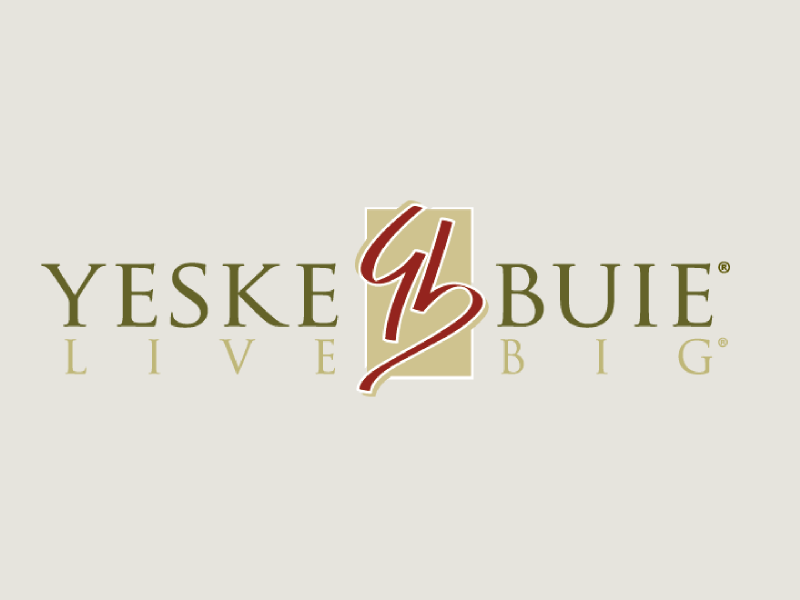Making a Nest Egg Last

By ELEANOR LAISE
March 28, 2004
If anyone can make longevity sound like an affliction, it’s a financial planner.
Many will tell you that you run the risk of outliving your retirement nest egg. Assuming you retire at 65, “there’s a good chance your assets will have to support you for 30 years,” says David Yeske, chairman of the Financial Planning Association. Unless your income keeps pace with inflation, he warns, “you’ll have a continuously eroding lifestyle. That’s a depressing way to retire.”
Depressing? Yes. Inevitable? Hardly. A properly diversified portfolio can ensure you aren’t eating ramen noodles when you’re 90. If you have 20 years until retirement, you’ll want to keep about 70% of your portfolio in stocks, 20% in bonds, and 10% in cash and alternative investments.
Solid Options
A cheap, domestic core holding such as the Vanguard Total Stock Market Index fund is a solid option for half your stock allocation. More active investors might allocate some of their large-cap holdings to the Vanguard Value Index to tilt the portfolio toward value stocks, which have walloped growth stocks over the long haul. Divide the rest among small-cap and international funds.
You’ll also want dividend income, which has historically accounted for about 40% of stocks’ total return. One good way to get exposure is through the Fidelity Dividend Growth fund, which has outpaced 98% of competitors over the past 10 years. Consider it part of your large-cap allocation.
For your bond portfolio, Mr. Yeske recommends laddering. This strategy offers a steady income stream and dampens the pain of rising interest rates. To build a simple ladder, invest equal amounts in U.S. Treasurys maturing in one, three, five, seven and 10 years. When the first notes come due, reinvest the cash in a 10-year Treasury, and repeat the cycle. You can buy the bonds directly at www.publicdebt.treas.gov.
Treasury inflation-protected securities are an antidote to the rising cost of living. The yield on these bonds climbs with inflation. The Vanguard Inflation-Protected Securities fund is the cheapest TIPS fund around and has outperformed most competitors.
Making Adjustments
With bond yields near 40-year lows, it also makes sense to have a top-notch fixed-income manager on your side who can anticipate rate moves and adjust accordingly. The 7.9% 10-year annualized return of the Fremont Bond fund, managed by Pimco Advisors’ Bill Gross, puts it at the top of the intermediate-term bond category.
Your 10% allocation to cash and alternative investments should include global and high-yield bond funds, which will behave differently from Treasurys. Pimco Foreign Bond is a conservative portfolio with relatively low credit risk. High-yield bonds can help a fixed-income portfolio because they’re less sensitive to soaring interest rates. The Pimco High-Yield fund is less volatile than the typical junk fund and outran most of its peers over the past five years.
If you’re a homeowner, steer clear of real estate investment trusts that focus on residential assets. Look for a diversified fund such as Third Avenue Real Estate Value. To diversify even further, consider commodities. An Ibbotson study found that adding these assets to the typical mix of stocks and bonds boosts returns while reducing risk. You don’t need to muck about with pork bellies. The Pimco Commodity Real Return Strategy fund, which holds TIPS along with derivatives, offers inflation protection and exposure to commodities.
Finally, save room for cash in your portfolio. Interest rates are in the subbasement, so if your 401(k) offers a stable-value fund, that’s a solid alternative. These funds buy top-quality bonds and fixed-rate insurance contracts and returned 4.7% in 2003, nearly four times a money-market yield.
